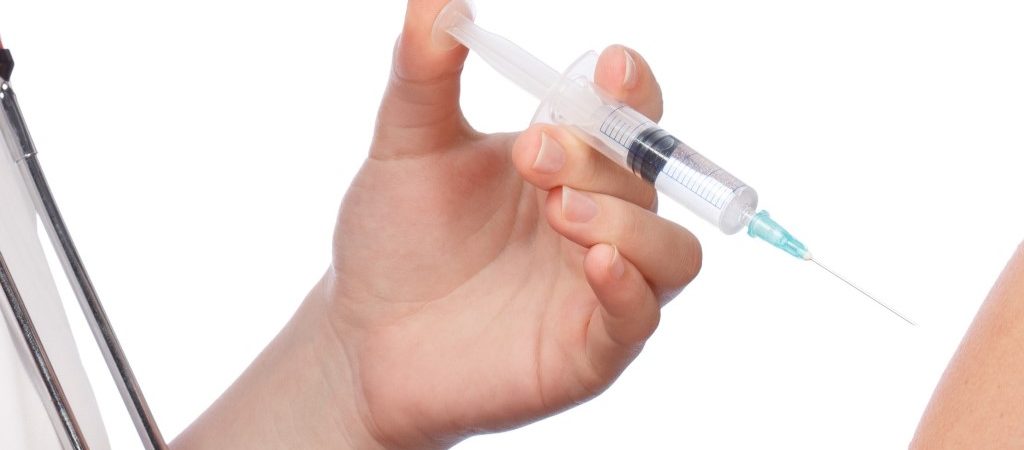 The G3P[6] rotavirus vaccine (RV3-BB) produced positive cumulative vaccine take irrespective of histo-blood group antigen (HBGA) status, according to data published in the Journal of Infectious Diseases.
The G3P[6] rotavirus vaccine (RV3-BB) produced positive cumulative vaccine take irrespective of histo-blood group antigen (HBGA) status, according to data published in the Journal of Infectious Diseases.
The association between HBGA and RV3-BB immunogenicity was investigated via a phase 2A study that included 46 individuals in New Zealand.
The vaccine “produced positive cumulative vaccine take in 29 of 32 individuals (91%) who expressed a functional FUT2 enzyme (secretor group), 13 of 13 (100%) who were FUT2 null (nonsecretor group) and 1 of 1 with reduced FUT2 activity (weak secretor),” the study authors wrote.
A similar finding was demonstrated in 37 of 40 participants, who expressed a functional FUT3 enzyme (Lewis-positive group), 3 of 3 who were FUT3 null (Lewis-negative group), 25 of 28 Lewis-positive secretors, 12 of 12 Lewis-positive nonsecretors, both Lewis-negative secretors, and the only Lewis-negative weak secretor. Of note, no participants who were Lewis-negative nonsecretors were included in the cohort, so vaccine take could not be assessed for this phenotype.
The study was limited by a relatively small sample size from a homogeneous population that contained a small number of Lewis-negative and secretor-negative individuals. In addition, the high rate of vaccine immunogenicity limited the ability to explore the HBGA status in those without take.
The investigators concluded that, “the human neonatal vaccine RV3-BB (G3P[6]) produced a positive cumulative vaccine take, irrespective of HBGA status.” Furthermore, they noted that the RV3-BB vaccine can potentially provide improved levels of protection against rotavirus, particularly in places where the Lewis-negative phenotype is more prevalent and P[6] disease causing strains are endemic.
Reference: Boniface K, Byars SG, Cowley D, Kirkwood CD, Bines JE. Human neonatal rotavirus vaccine (RV3-BB) produces vaccine take irrespective of histo-blood group antigen status [published online November 25 2019]. J Infect Dis. doi:10.1093/infdis/jiz333
Source: Infectious Disease Advisor

















